The best cat breeds for kids are Rag doll and Maine Coon due to their gentle nature and sociable personalities. These breeds are known for their friendly demeanour and adaptability to various environments, making them great companions for children.
Rag dolls are affectionate and calm, while Maine Coon’s are playful and intelligent, both being well-suited for families with kids. When choosing a cat breed for children, it is important to consider factors such as temperament, size, and grooming needs. By selecting a cat breed that matches well with your child’s energy level and lifestyle, you can ensure a harmonious and enjoyable relationship between the child and their feline friend.
What Is Feline Companions
Cats can make wonderful companions for children, providing them with love, comfort, and a sense of responsibility. Introducing a feline friend to your family can be a joyous and rewarding experience for both kids and adults. When picking the best cat breeds for kids, it’s important to consider various factors to ensure a harmonious and safe relationship between the child and their new furry friend.
The Joy Of Cats In The Family
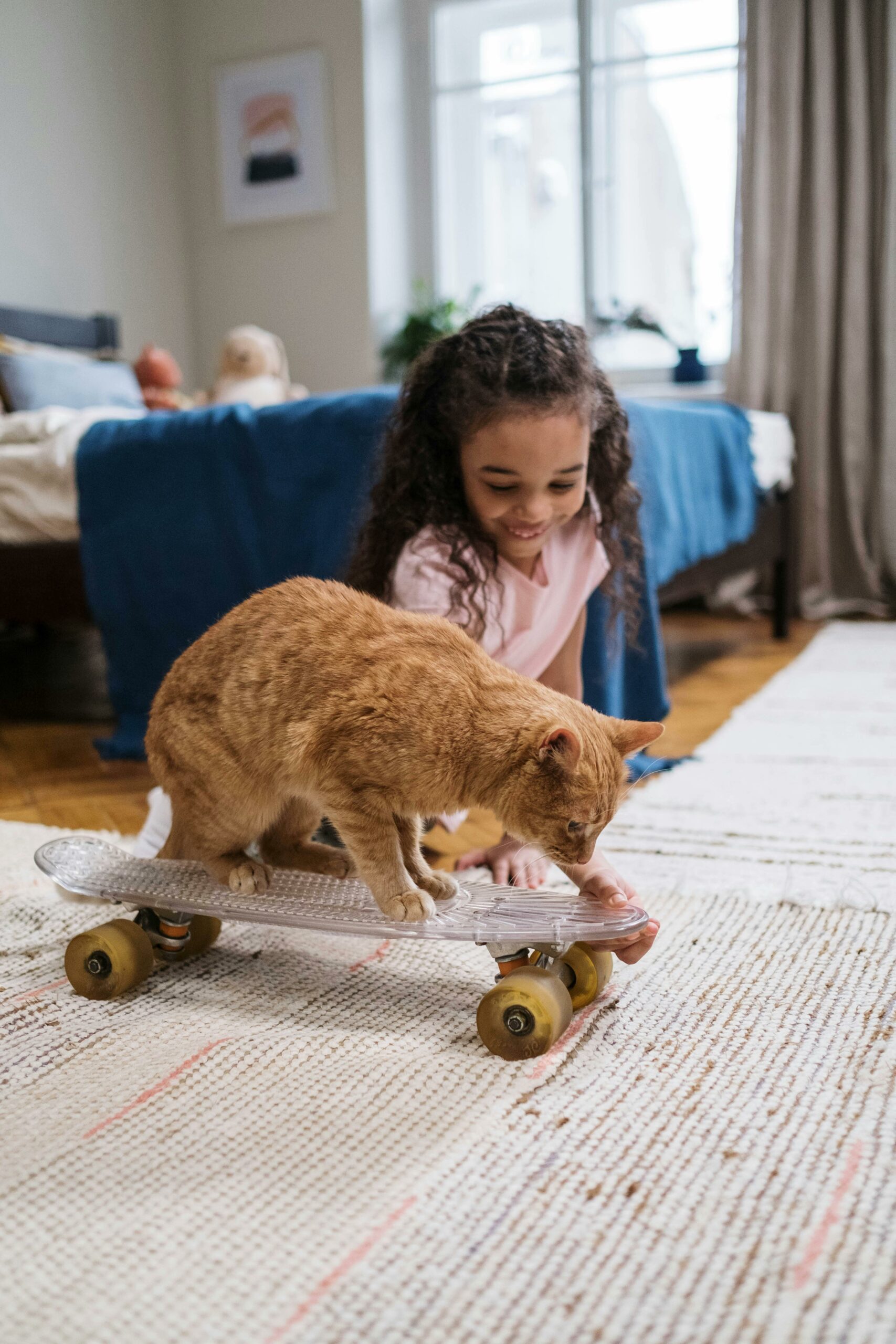
Having a cat in the family can bring countless benefits to children. From providing emotional support to teaching responsibility, cats can play a crucial role in a child’s development. Their playful nature and affectionate demeanour can bring happiness and comfort to kids, creating a strong bond that lasts a lifetime.
Factors To Consider For Kids
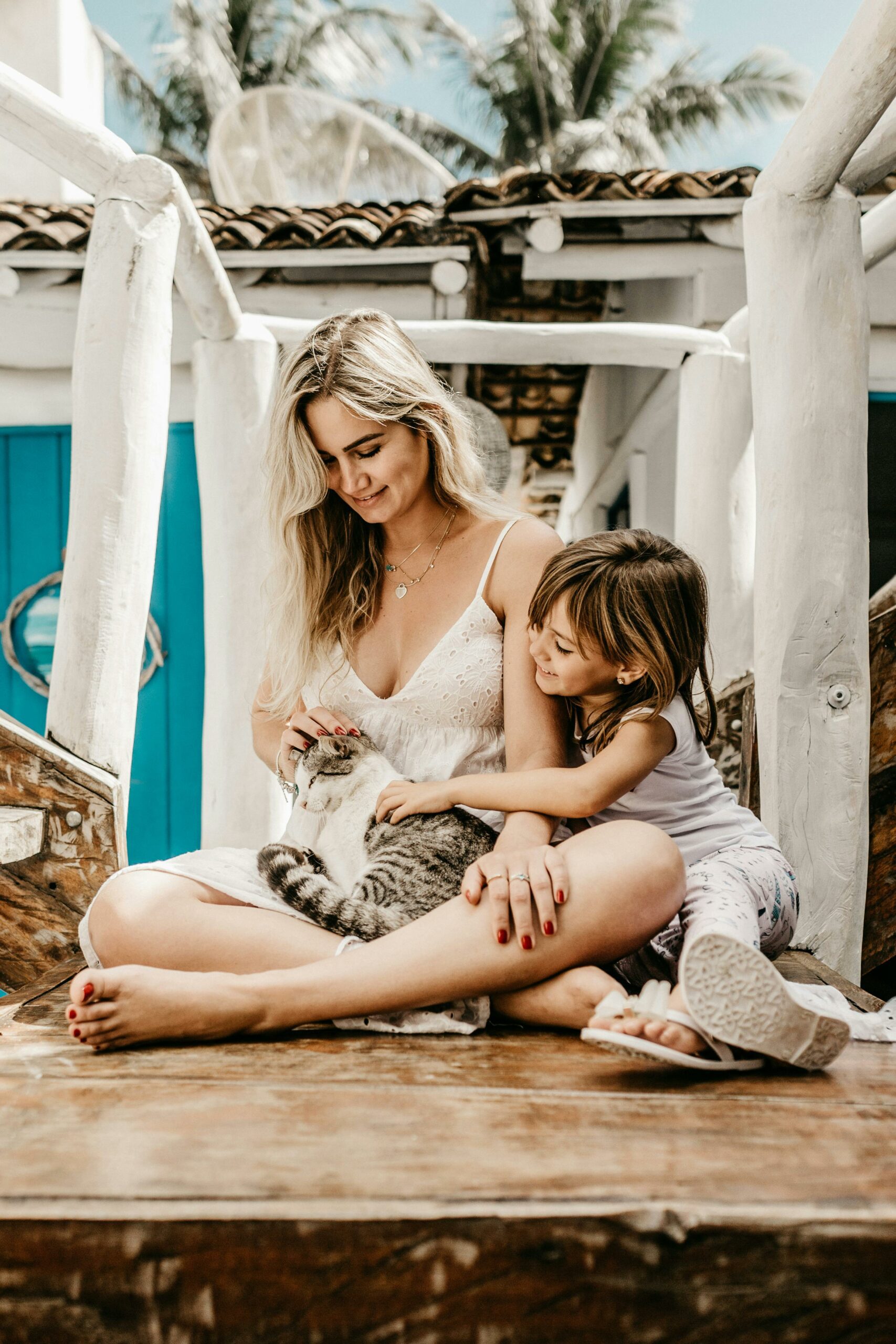
- Temperament: Look for cat breeds known for their gentle and tolerant nature around children.
- Activity Level: Consider a cat breed that can easily adapt to a child’s energy level.
- Allergies: Consider any allergies that family members, especially children, may have to cats.
- Size: Opt for a cat breed that is sturdy and not too delicate to handle children’s interactions.
- Longevity: Choose a cat breed with a long lifespan to ensure a lasting companionship with the child.
Personality Traits For Kid-friendly Cats
When it comes to choosing a cat breed for a family with kids, it’s essential to consider the personality traits of the feline friends. The right cat breed for kids should possess gentleness, tolerance, playfulness, and energy. Understanding these traits can help in selecting the best cat breed that will be a perfect match for the little ones. Let’s dive into the personality traits of kid-friendly cats.
Gentleness And Tolerance
Kid-friendly cats are known for their gentle and tolerant nature. They are patient and can withstand the curiosity and sometimes rough handling of children. These cats are less likely to scratch or bite, making them ideal companions for kids. Breeds such as the Rag doll, Maine Coon, and Birman are known for their gentle and tolerant disposition, making them perfect for households with children.
Playfulness And Energy
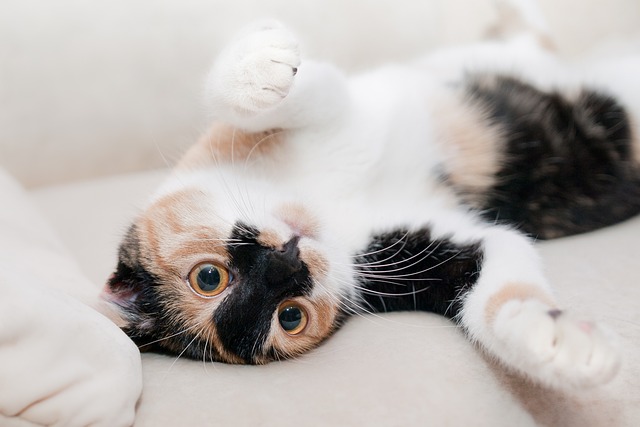
Playfulness and energy are essential traits to consider when selecting a cat breed for kids. Cats with these traits are more likely to engage in interactive play with children, providing them with entertainment and companionship. Breeds like the Siamese, Abyssinian, and Scottish Fold are known for their playful nature and high-energy levels, making them great choices for families with active kids.
Popular Cat Breeds For Children
Looking for the best cat breeds for kids? Popular cat breeds such as Maine Coon, Siamese, and Rag doll are great options. These breeds are known for their friendly and playful personalities, making them perfect companions for children.
Rag doll: The Gentle Giant
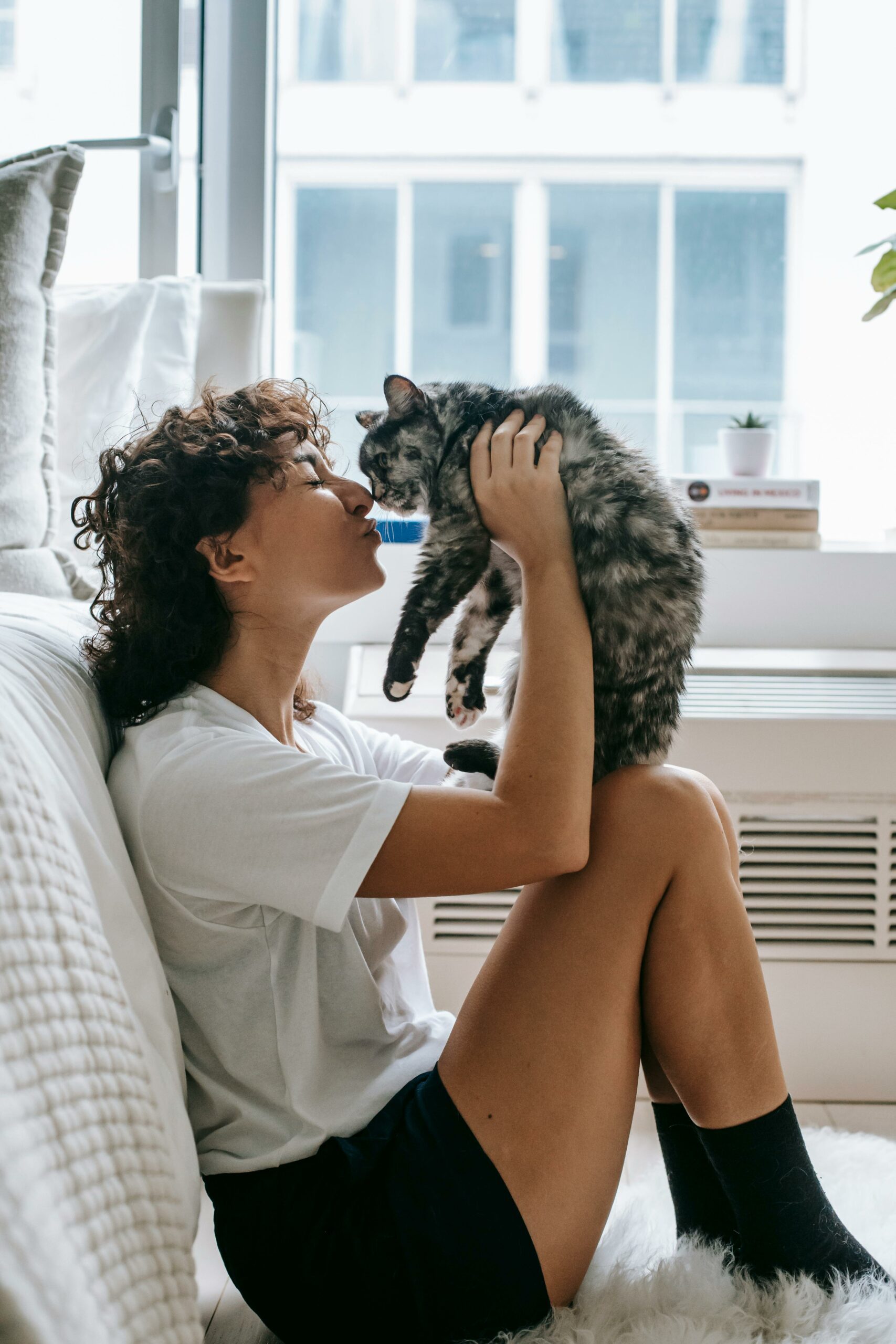
Exotic Shorthair: The Lazy Playmate
Hypoallergenic Options
Hypoallergenic Options: If you’re looking for a cat breed that is less likely to trigger allergies in children, consider these hypoallergenic options:
Siberian: The Forest Cat
The Siberian cat is known for its long, dense fur that produces lower levels of the Fel d 1 protein, a common allergen. They are friendly, playful, and great with kids.
Balinese: The Long-haired Siamese
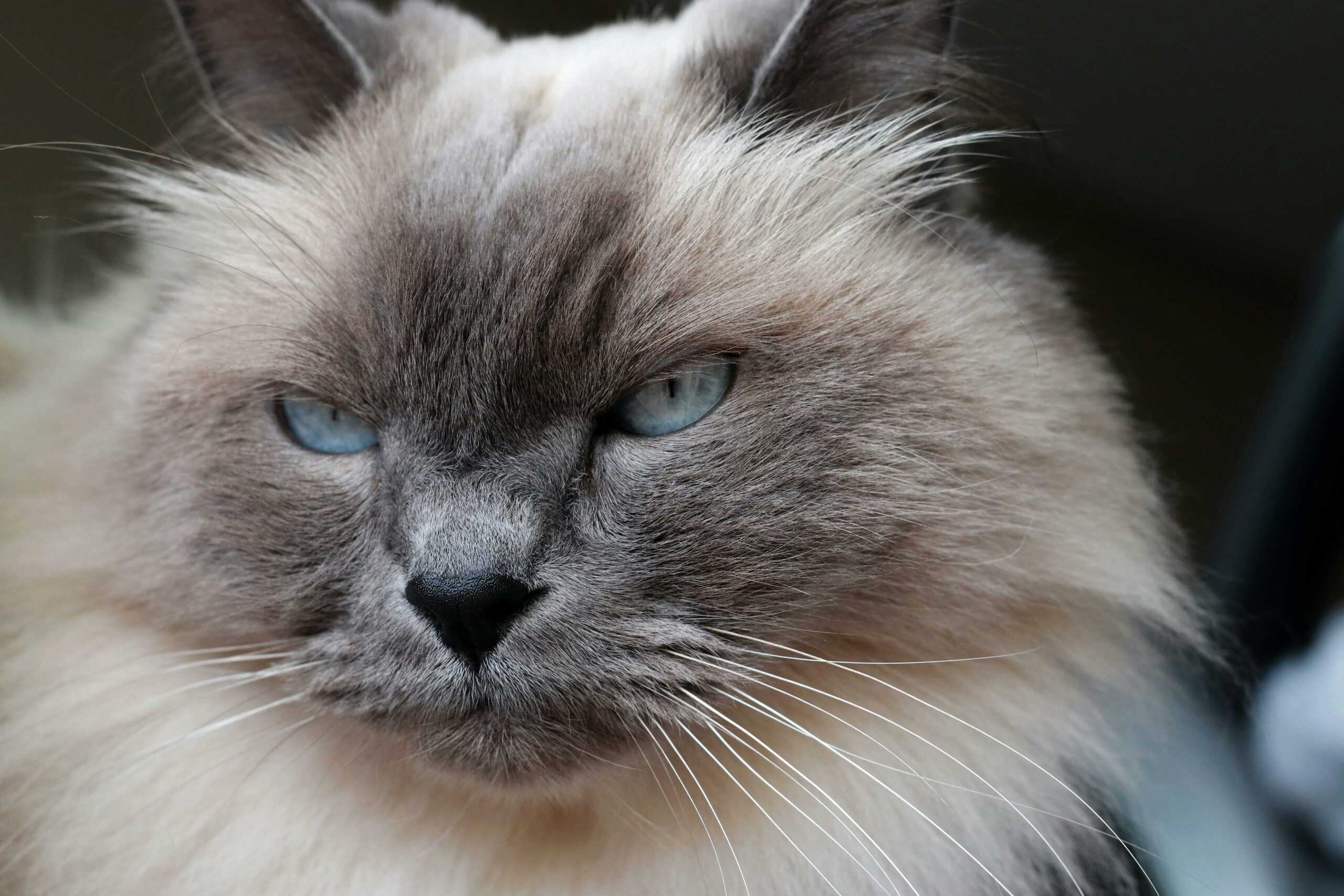
The Balinese cat, a close relative of the Siamese breed, is another hypoallergenic option due to its low shedding and minimal dander production. They are affectionate and intelligent companions for children.
Maintenance And Care Requirements
Find the best cat breeds for kids with low maintenance and care requirements. These breeds are known for their gentle nature and adaptability to family life. Providing a loving environment and regular grooming will ensure a happy and healthy bond between your child and their feline friend.
Maintenance and Care Requirements:
Grooming Needs for Busy Families
Grooming is essential for cat breeds to maintain their health and appearance. For busy families, low-maintenance breeds like the British Shorthair require minimal grooming.
— Brushing: Regular brushing helps prevent matting and reduces shedding in breeds like the Maine Coon.
— Nail Trimming: Cats like the Rag doll may need nail trims to prevent scratching.
— Bathing: Certain breeds like the Sphynx may need occasional baths due to their lack of fur.
Diet and Health Considerations
Proper nutrition is crucial for a cat’s overall well-being. When choosing a cat breed for kids, consider their dietary needs and common health issues.
— Balanced Diet: Breeds like the Siamese may require a specific diet due to sensitivities.
— Hydration: Encourage water intake for breeds prone to urinary issues, like the Persian.
— Regular Vet Visits: Monitor your cat’s health and schedule regular check-ups for breeds prone to genetic conditions.
Maintaining and caring for a cat involves grooming, diet, and health considerations tailored to the breed’s specific needs.
Safety Considerations
When it comes to picking a cat breed for kids, safety considerations are paramount. It’s essential to teach boundaries and ensure supervision during cat-kid interactions. By understanding these safety aspects, families can select a cat breed that is well-suited for children.
Teaching Boundaries
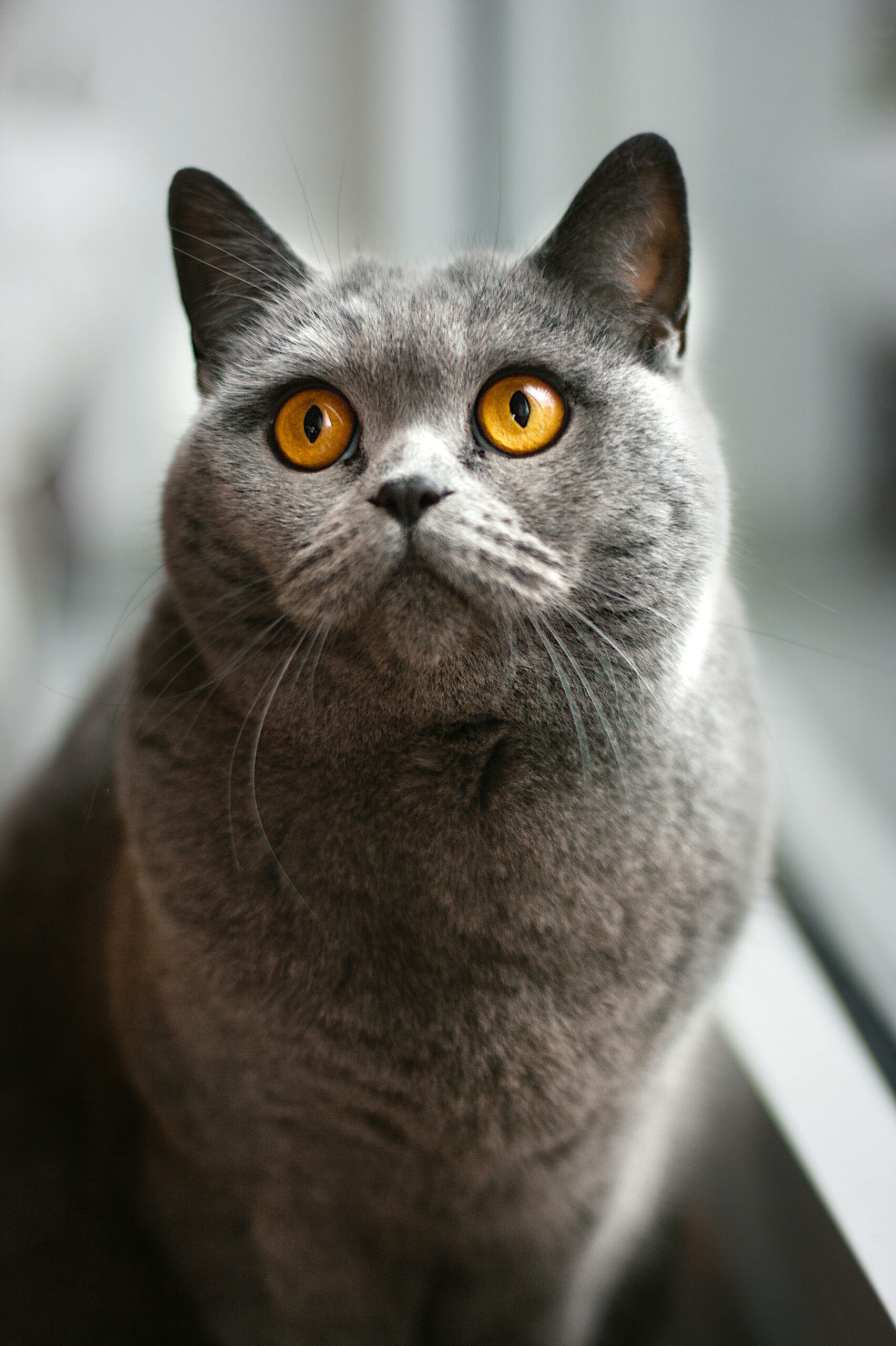
Teaching boundaries to both the cat and the child are crucial for fostering a safe and respectful relationship. This involves instructing children to respect the cat’s personal space and not to disturb the cat when it’s eating, sleeping, or using the litter box. Similarly, cats should be taught gentle play and given a safe space to retreat when they require a break.
Supervision And Cat-kid Interaction
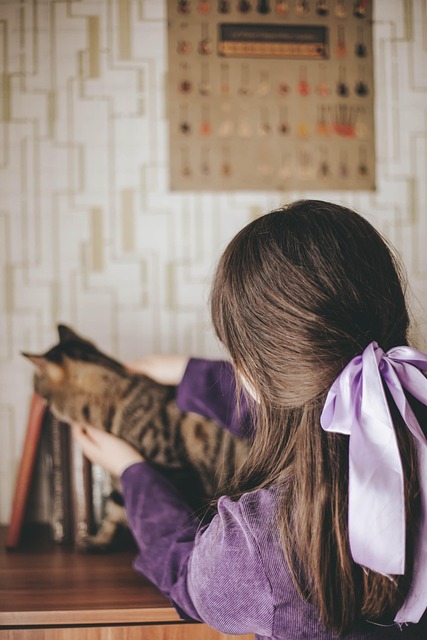
Supervision is essential when children and cats are interacting. Parents should teach children how to properly handle and interact with the cat, ensuring that the cat does not feel threatened or stressed. Teach kids to approach cats calmly and avoid sudden movements. Encouraging positive interactions and providing guidance can help prevent any potential accidents or misunderstandings.
Adopting Vs. Buying
When considering adding a new feline member to the family, the decision between adopting and buying a cat is crucial. Both options have their benefits and considerations, and it’s important to weigh the pros and cons of each carefully. Let’s explore the benefits of adoption and what to know when buying a cat.
Benefits Of Adoption
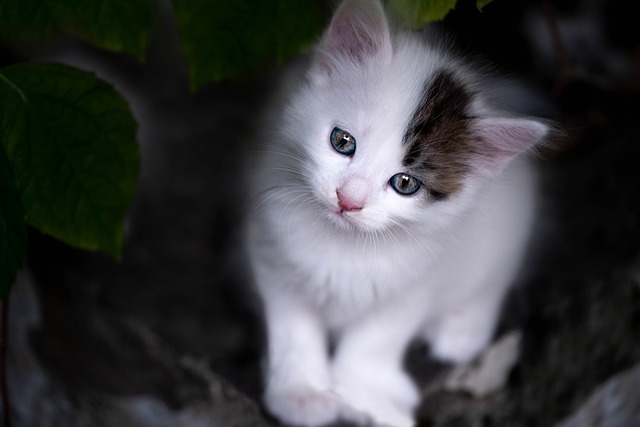
Adopting a cat from a shelter or rescue organization not only gives a loving home to a cat in need, but also offers numerous benefits for families. Adopting typically costs less than buying from a breeder, and many shelter cats are already spayed or neutered, vaccinated, and microchipped. Additionally, when you adopt a cat, you are giving an animal a second chance at a happy, fulfilling life, which can be an incredibly rewarding experience for both the family and the cat.
What To Know When Buying A Cat

When considering buying a cat from a breeder, there are several important factors to consider. It’s crucial to thoroughly research the breeder’s reputation, ensuring they are ethical and reputable. Buying a cat also typically involves higher initial costs, including the purchase price and additional expenses such as vaccinations and spaying/neutering. Families should also be prepared to invest time and effort into finding a responsible and caring breeder to ensure the health and well-being of their new feline companion.
Preparing Your Home
Creating A Cat-friendly Environment
Cats are curious creatures and creating a safe and stimulating environment is essential. Ensure that your home is equipped with sturdy cat trees, scratching posts, and interactive toys. Designate a quiet space where your cat can retreat to when needed, and provide high perches for climbing and observing their surroundings. Additionally, secure any hazardous items and plants unreachable, and ensure that all electrical cords are safely tucked away.
Introducing Your Cat To The Family

When introducing your new cat to the family, it’s important to do so gradually. Create a designated area for the cat with their bed, litter box, and food and water dishes. Allow the cat to become comfortable in this space before gradually introducing them to other family members. Supervise interactions between the cat and children, teaching them to approach the cat calmly and gently. Providing positive experiences from the start will help foster a strong bond between the cat and your children.
Long-term Benefits For Kids
Caring for a cat can have numerous long-term benefits for kids that extend beyond just companionship and entertainment. Let’s explore how having a feline friend can positively impact a child’s emotional growth and sense of responsibility.
Emotional Growth And Responsibility
- Cats can help children develop empathy by understanding and responding to their needs.
- Feeding, grooming, and playing with a cat teaches kids responsibility and the importance of routine.
- Children learn to manage their emotions through interactions with their cat, fostering emotional intelligence.
The Bond Between Child And Cat
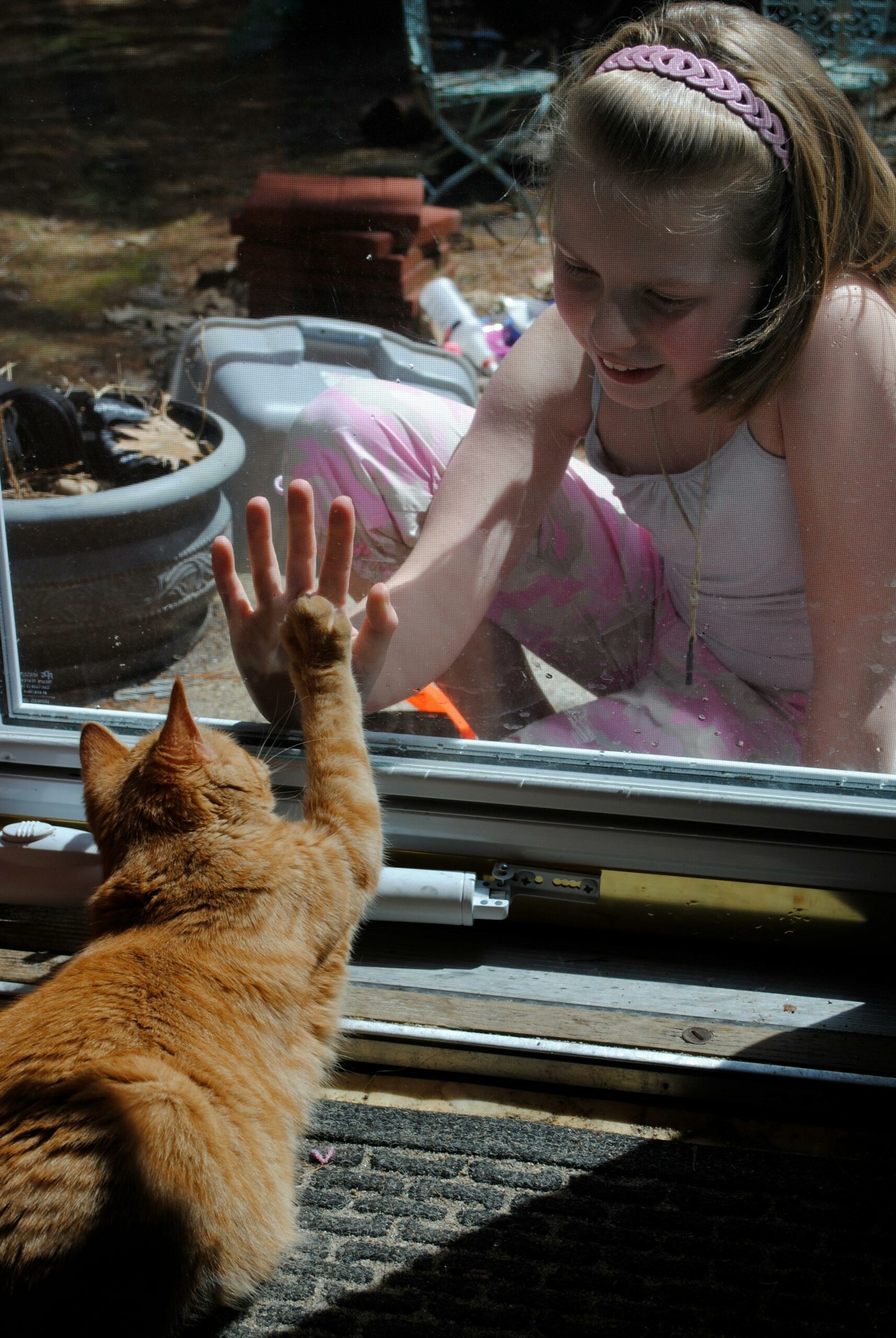
- Cats provide unconditional love and companionship, boosting a child’s self-esteem and confidence.
- Sharing secrets and cuddling with a cat strengthens the bond between a child and their pet.
- The non-judgmental nature of cats creates a safe space for children to express themselves freely.
Frequently Asked Questions
What Is The Most Kid Friendly Cat?
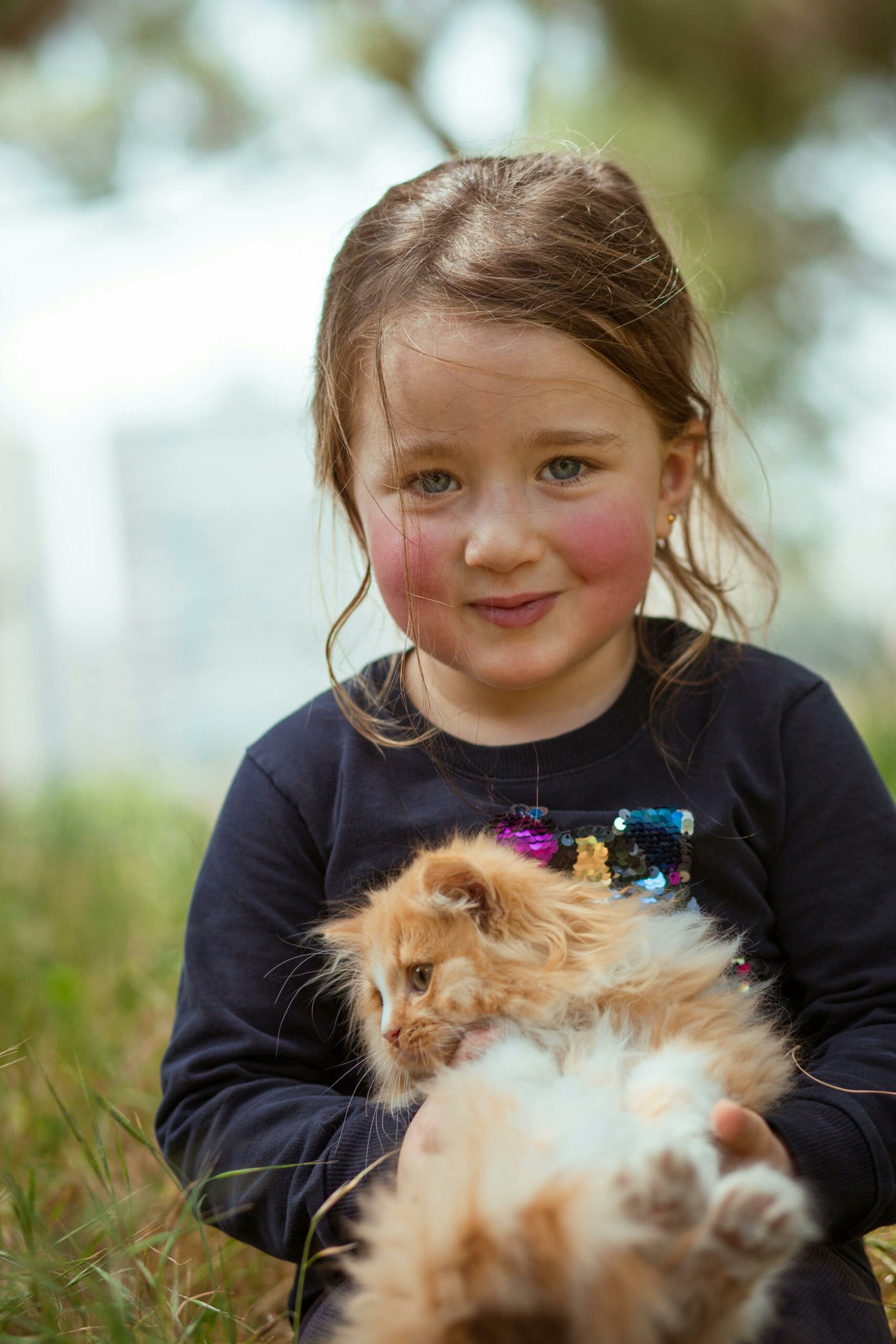
The Rag doll cat breed is known for being the most kid-friendly due to their gentle and laid-back nature.
What Cat Is Low Maintenance For Kids?
A short-haired cat breed such as the Siamese, Burmese, or Bombay cat can be low maintenance for kids. They have shorter hair, which means less shedding and easier grooming. These breeds also tend to be social and playful with children.
Which Breed Of Cat Is Friendliest?
The Rag doll breed is known for being one of the friendliest cat breeds. They are affectionate, gentle, and enjoy human companionship.
What Is The Easiest Breed Of Cat To Take Care Of?
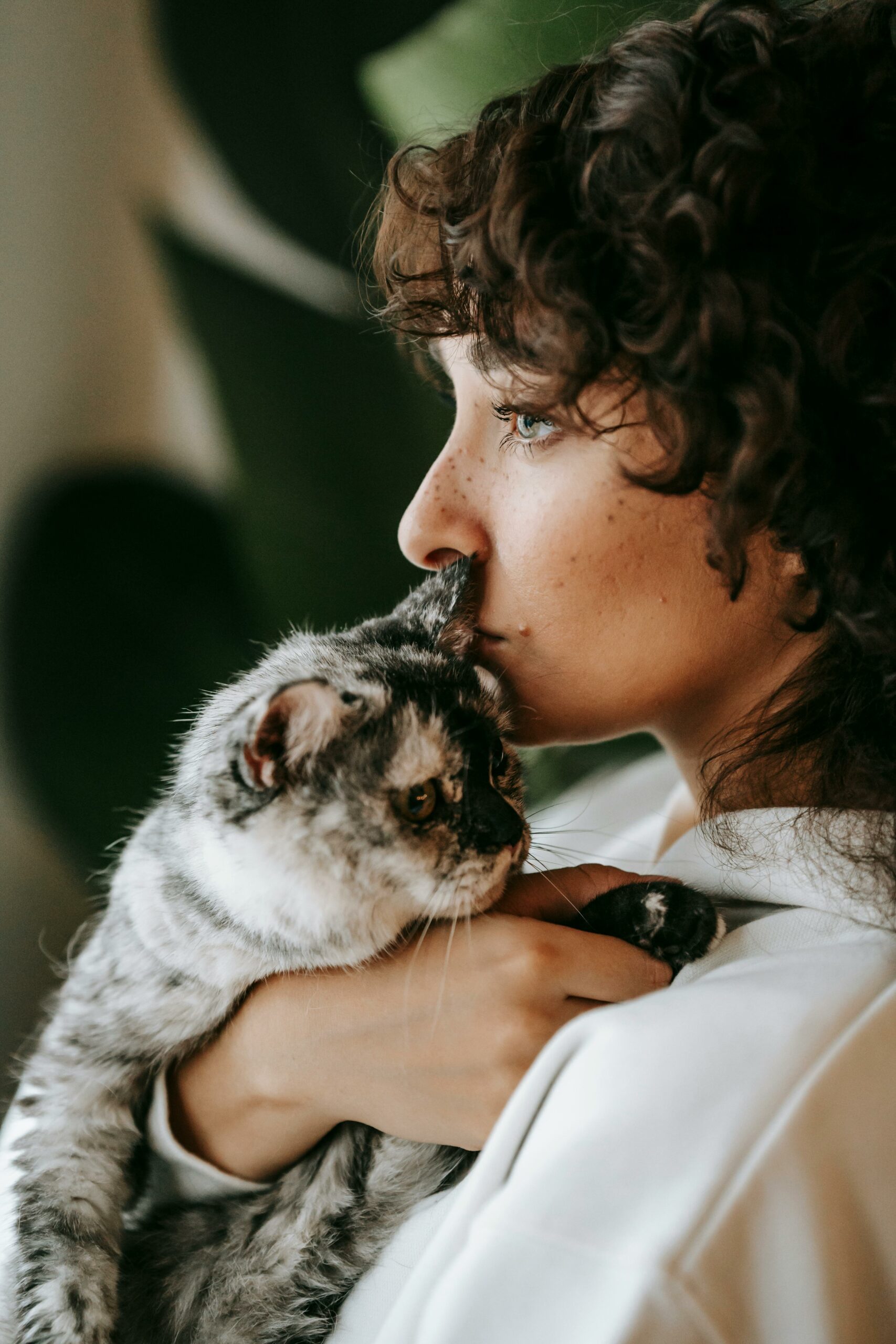
The Rag doll cat breed is known for being easy to care for due to their gentle nature and low maintenance grooming needs. Their calm demeanour and adaptability make them a great choice for first-time cat owners.
Overall, selecting the right cat breed for kids requires careful consideration of various factors such as temperament, energy level, and grooming needs. The ideal cat breed for children should be friendly, playful, and easy-going. Whether you opt for the gentle Persian, the energetic Siamese, or the affectionate Rag doll, always remember to provide your furry friend with love, care, and attention.
With these best cat breeds for kids, you can give your child a lifelong companion and a furry friend that will bring endless joy and love to your family.
